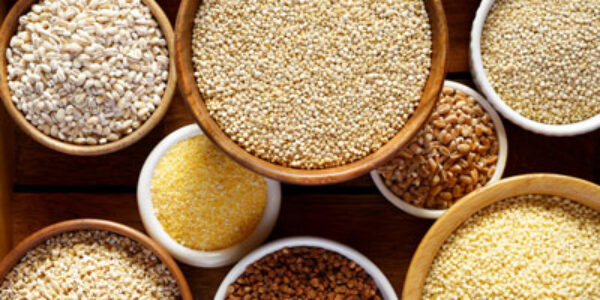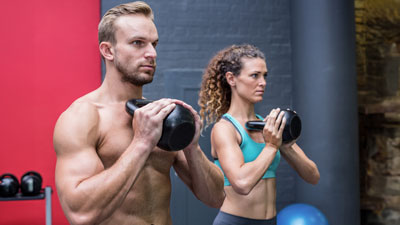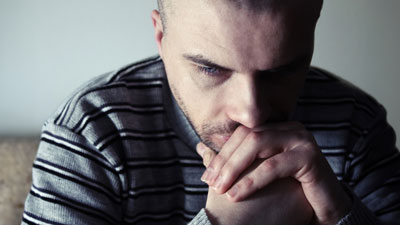
The number one question anyone following a plant-based diet gets is, “Where do you get your protein?” For those of us who have been eating plant-based for a while, the answer is simple: “Plants have proteins.” It is a legitimate concern for anyone who’s getting started, though. After all, most of us grew up believing that meat is the best source. But, is it?
To answer this question, first we need to understand what proteins are and what they do for us. Proteins are molecules made up of one or more long, folded chains of amino acids. Hence, when we ingest proteins, we break them down into these amino acids. Following this, we either use them broken down for energy or we assemble them as new protein molecules to take care of specific functions in our body.
Not only do we use proteins for all the work that our cells do, but proteins are also part of the structure of our body‘s tissues and organs including, of course, our muscles. In addition to this, proteins form enzymes, which help our body carry out all the chemical reactions we need.
Essential Amino Acids
Our body uses 20 amino acids to make all the proteins we need inside our body. While we are able to make 11 of them ourselves, we need to get the remaining 9 from food. These are called essential amino acids, and the belief was that we needed to eat all 9 of them together, in the right proportions, at the same time. How? Basically, through proteins that resembled our own, in other words, through animal proteins. This is how the myth of needing meat for protein started. However, it’s long been debunked.
Plants contain all 9 essential amino acids as well. As a matter of fact, it is better for our body not to get them preformed in proteins resembling our own. One of the top reasons for this is that animal proteins lead to our body producing excess growth hormone IGF-1, which results in an increased risk of cancer.
Moreover, it’s also been debunked that we need to plan our meals to get all essential amino acids at once, like combining grains and legumes, for example. Think about it, do we only eat foods that provide all essential vitamins and minerals at once? Of course not. Likewise, all we need to do is eat a well-balanced, plant-based diet that includes grains, legumes, nuts, seeds, vegetables, and other protein sources throughout the day to meet our protein intake needs.
Below, we share our personalized calculator where you can identify your total protein intake recommendations. Furthermore, we also show you the whole, plant-based foods that have the highest protein content, and we discuss the different functions that essential amino acids have in our body.
Protein Personalized Calculator
See how much protein you and your family members need, according to the Dietary Guidelines for Americans, 2020-2025.
Terminology:
- Daily Value (DV): The recommended amount of nutrients to consume each day for individuals who are 4 years old or older.
- Recommended Daily Allowance (RDA): The recommended amount of nutrients to consume each day according to the individual’s age, gender, and whether a woman is pregnant or breastfeeding.
- Upper Intake Level (UL): The highest amount of nutrient intake that will not pose adverse health effects on most individuals.
* Average RDAs have been provided by the U.S. Department of Agriculture’s Dietary Guidelines for Americans 2020-2025 based on average weight by sex and age group, and based on whether women are pregnant, lactating or none.
† Your RDA is calculated following the recommendation from the Food and Nutrition Board at the Institute of Medicine of the National Academies, which is to eat 0.8 grams of protein per kilogram of body weight (0.36 grams of protein per pound) every day. Additionally, the recommended amounts provided for women during pregnancy and breastfeeding are based on adding 21 grams to the base recommendation, per this study.
Top Whole-Food, Plant-Based Sources of Protein
All plants have proteins, and every plant contains all 9 essential amino acids in different proportions. Therefore, we just need to eat a balanced diet to get the amount of essential amino acids our body needs. Below, you will see the food groups with the highest protein levels and some examples of the percentage of your average Recommended Daily Allowance (RDA) that you can get with one portion.
Click on each food group’s picture to visit its page with links to specific interactive pages. Each of these pages offers a personalized calculator that shows you the food’s top nutrients and how much of your RDA can be found in one portion. In addition to this, we share useful tips, information on how these foods support your body, and some fascinating facts.

Legumes
1 c common beans = 27-37% Adult RDA

Grains
1 c oats = 19-23% Adult RDA

Seeds
1/4 c pumpkin seeds = 17-21% Adult RDA

Vegetables
1 c asparagus = 7-9% Adult RDA

Fungi
1 c portobella = 7-8% Adult RDA

Leafy Greens
1 c cooked spinach = 9-11% Adult RDA

Nuts
1/4 c almonds = 13-16% Adult RDA
How Our Body Uses Essential Amino Acids
Hover over each pointer to see how our body uses the protein, and more specifically, the essential amino acids we get from food.
Important Things to Know About Protein
Comparison of Protein Sources
You may be wondering if you can get all your protein needs from plants, if you should take supplements, or if you should stick to meat and other animal-based sources. Generally, when it comes to protein, experts tell us to consider its package. Below, you will find a quick comparison of each source and their packages.








